JAKARTA — Dompet Dhuafa held a Kick-Off event for 60 Independent & Empowered Areas or Kawasan Mandiri & Berdaya (MADAYA) at Rumah Wijaya, Kebayoran Baru, South Jakarta on Friday (14/4/2023). This event is also a discussion event attended by various parties with the theme “Improving the Community’s Quality of Life through Integrated and Sustainable Optimization of Local Resources.”
Present as speakers, Rahmad Riyadi as Chairman of Dompet Dhuafa Management, Bambang Suherman as Director of Dompet Dhuafa Program, Ramli Usman as the Companion of Sinjai Coffee Village Program, Rizki Oktavianus as General Manager &; TJSL PT. Kimia Farma, as well as amil zakat institutions and media crews.
On that occasion, Rahmad Riyadi said that this program is an effort by Dompet Dhuafa to channel community funds more effectively through empowerment. Currently, empowerment is improved and maximized to reach a wider range, namely in the form of a Madaya Area.
Also Read: Dompet Dhuafa Kuatkan Kolaborasi Masjid Pemberdaya di Kawasan Sulawesi
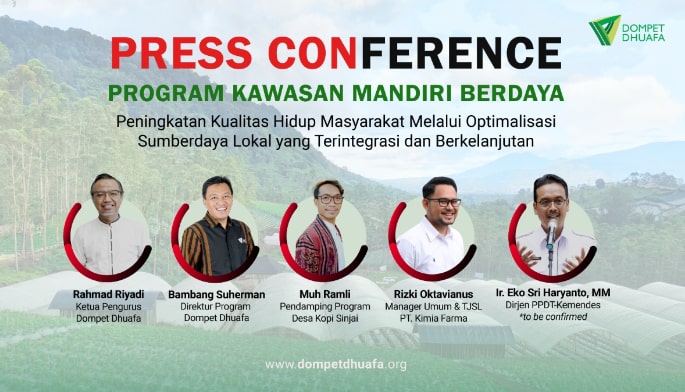
The Madaya area is developed as a multi-thematic program covering 5 pillars: economy, education, health, social, cultural and da’wah. Especially for economic empowerment, empowered areas are areas that do have conditions that can be developed and can be sustainable.
“In this empowerment, what Dompet Dhuafa emphasizes is how the added value of the real sector can be concrete and impact the community,” explained Rahmad.
The Madaya Dompet Dhuafa area takes an intensification approach to area-based community empowerment programs that the perimeter has determined based on ecological geography and government administration. This area will also become a disaster response area and a model for environmental awareness-based management and climate change adaptation.
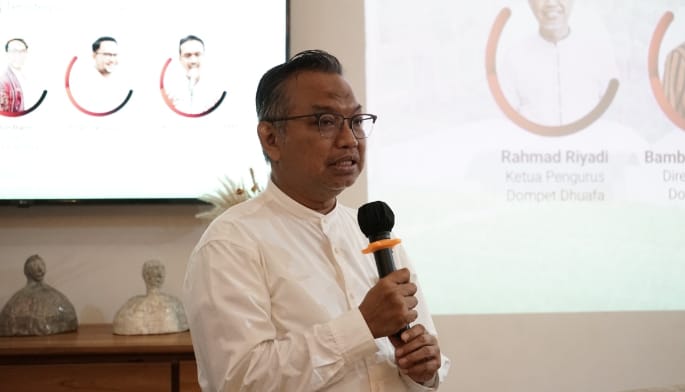
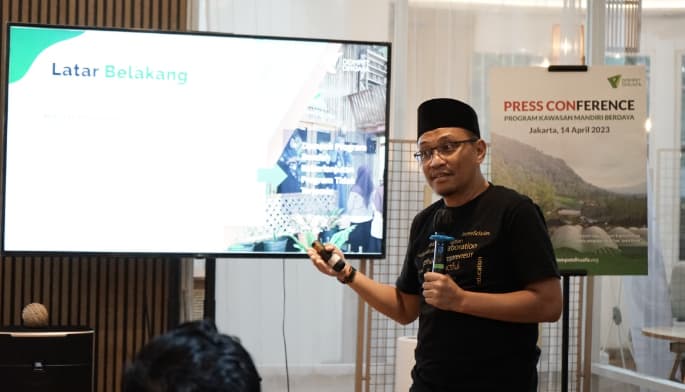
In its implementation, this program uses a philanthropreneurship approach method, which is a program with three stages, namely mustahik assistance, institutional strengthening of partnerships, and national social enterprise alliances.
The first area initiated is the economic empowerment area which provides certainty for the formation of resources for financing other thematic programs. Furthermore, the area was developed into an educational area, especially functional education directly related to the economic commodities developed. After that, it continued developing educational programs based on formal educational institutions in regional locations.
The next stage is the development of healthy areas, where the entire area is managed by strengthening healthy community behaviour based on promotive, preventive, and curative. This health program collaborates with health facilities located in regional locations to manage 10 Indonesian health issues and aims to produce healthy cadres in the region.
Also Read: Pemberdayaan Zakat Mengubah Hidup Mereka
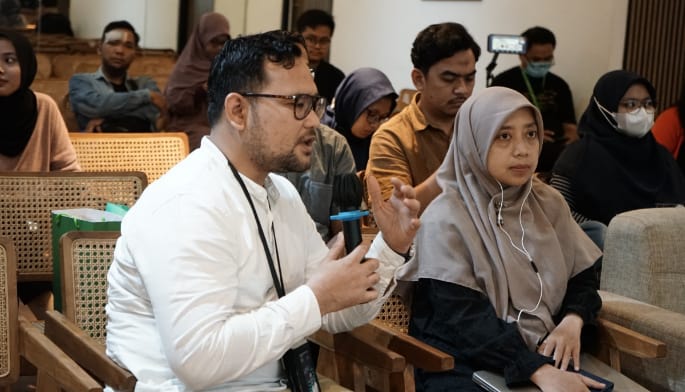
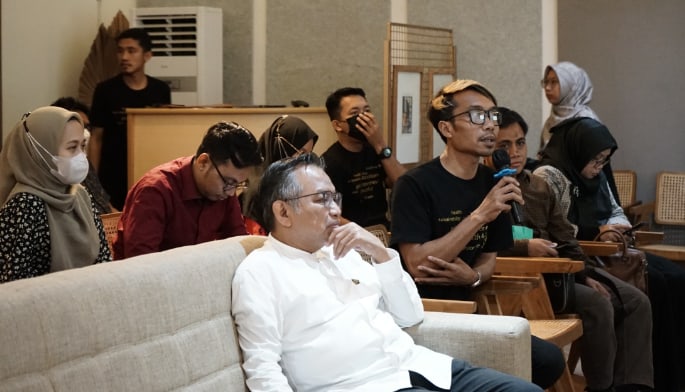
The latest development is an environmental and cultural development area. This program develops environmental awareness based on adaptation to climate change and disaster preparedness into a social system in the community. In addition, it also uses a local cultural approach that strengthens family roots and community social ties.
There are 14 achievement indicators, so it can be said to be the Madaya Area, namely:
- Skilled HR managing commodities
- Empowerment Groups
- Community Economic Institutions
- Community Learning Center
- Bintang School
- Education Cadre
- Health Issues Resolution
- Number of healthy cadres
- Public Health Map
- Growth of endowment assets
- Disaster response area
- Institutional cultural wisdom
- Valuation of Productive Waqf Assets
- Waqf revenue
Until now, there have been 24 areas built by Dompet Dhuafa, but still with their respective themes. No one has covered all five themes/pillars with the 14 indicators above. Thus, these 24 areas will later be developed first into the Madaya Area, then 36 other areas will follow.
“Previously, Dompet Dhuafa successfully ran a spot-based zakat utilization program and poverty issues. The number of programs is quite large and spread at many points. The result is that the distribution of programs can only change theme by theme, the scale of change is small. Dompet Dhuafa currently has 24 target areas for the empowerment area, but it is still thematic,” explained Bambang, Program Director of Dompet Dhuafa.
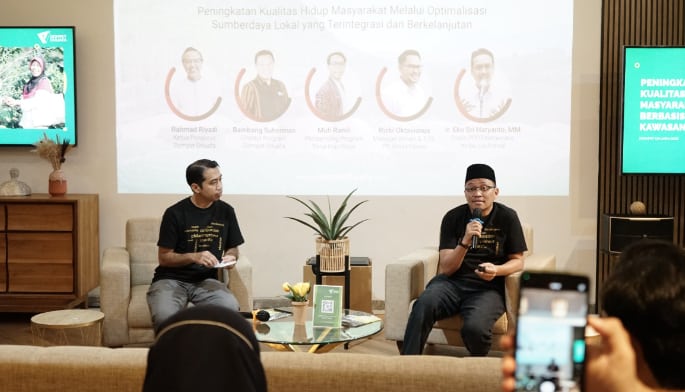
Among the prototypes of the region-based Dompet Dhuafa empowerment program that continues to grow are the Solok Sirukam Coffee Program, West Sumatra; Indonesian Literacy Schools (SLI) in Gowa District, South Sulawesi and Southwest Sumba Regency, NTT; Healthy Area Gili Gede Indah Village, West Lombok, NTB in collaboration with PT Kimia Farma.
Rizki Oktavianus, General Manager & TJSL PT Kimia Farma, said, “We have a commitment that we continue to provide quality health to the community. We are very happy to meet with Dompet Dhuafa to create a program called Kawasan Sehat in Gili Gede, Lombok. There we provide a ship called the Floating Clinic to provide health services to small remote islands that are difficult to reach.”
As time goes by, more and more programs are rolled out in the region. In fact, not only the health sector but also social and environmental activities. Until now, Kimia Farma and Dompet Dhuafa continue to communicate to continue to develop this area into an integrated area, not only in the health sector but also with education, economy, socio-culture, and da’wah.
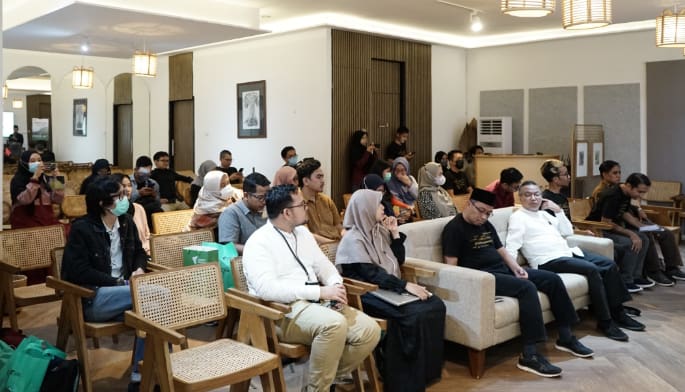
Daeng Ramli, the companion of the Sinjai Coffee Village Program, also told his story with Dompet Dhuafa to arouse Sinjai residents. Starting from his anxiety in 2015, which worked to introduce a coffee product at that time. It came to his mind with his friends, “That’s how we introduce people’s coffee, while we have our regional speciality coffee.”
Finally, in 2017, he and his friends returned to their hometown of Sinjai to start introducing and developing Sinjai coffee empowerment. Initially, there were only 3 coffee farmers empowered, then increased to 5, increased again to 10, increased again to 22, then 40, and now there are 52 farmers.
“We teach coffee farmers how to process coffee beans, so they have a high selling value,” he explained.
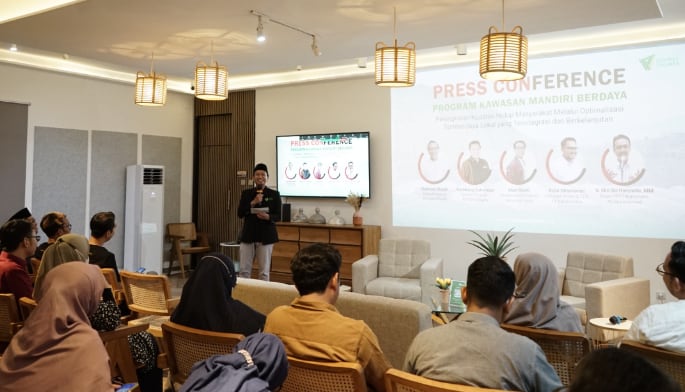
To create this Madaya Area, of course, Dompet Dhuafa cannot work alone. Collaboration and inputs from various parties are needed to print new muzakki from the previous mustahik successfully.
“As much as possible, we can engage with many parties in the expectation that this initiative can reach many locations that may presently have promise but simply require a touch of empowerment and support,” Rahmad remarked.
“This is not designed exclusively for Dompet Dhuafa, but we open space for all parties, including students conducting research or marginalized communities,” added Bambang. (Dompet Dhuafa/Muthohar)


